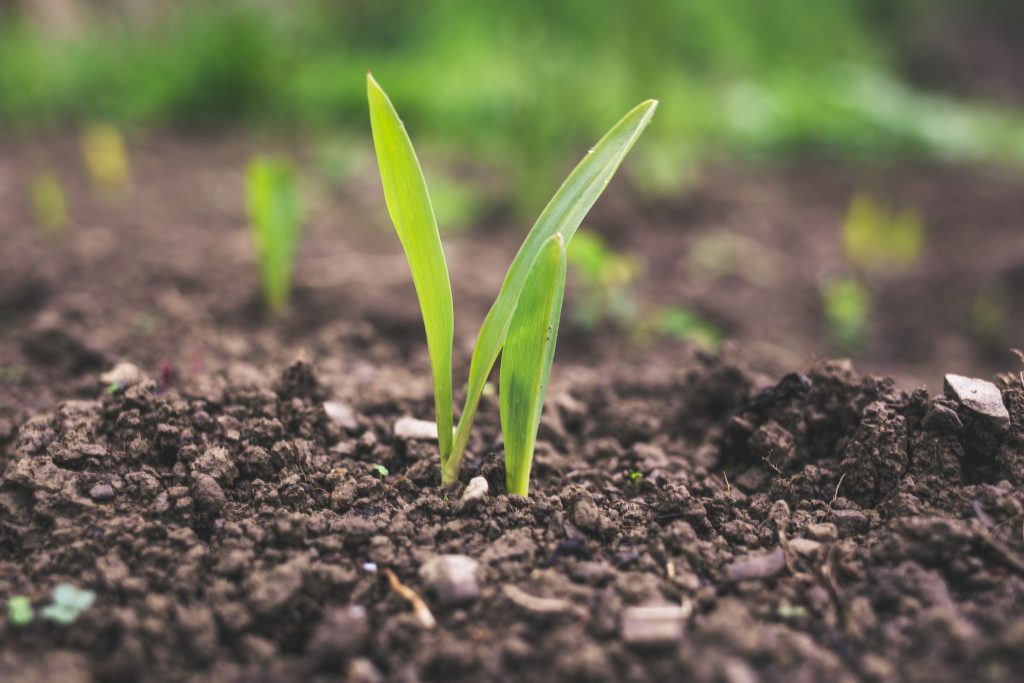Crop rotation means the practice of cultivating or growing different crops on the same plot of land sequentially to improve soil health and fertility, optimize soil nutrients and combat pest and weed pressure.
In other words, crop rotation is the growing of different types of crops on the same area across a sequence of growing season. Crop rotation is needed for the balancing of soil nutrients.
For example, a farmer who has planted maize can decide to cultivate beans after harvesting maize since maize consumes lots of soil nitrogen and beans adds nitrogen to the soil.
A simple rotation can involve two or three crops and that which is complex might incorporate more crops.
Why should we crop rotate?
It is necessary because different plants have different nutritional needs and are affected by different pest and diseases. So if a certain crop is cultivated alone for several seasons on the same piece of land, the same nutrient will continually be drawn from the soil and that land space will turn a permanent home for pest and diseases, as they’ll keep getting their food from that crop. You get the point now??
Crop rotation helps return nutrients to the soil with also helping to interrupt pest and disease cycle which will definitely help improve soil health by increasing biomass from different crops’ root structures and increase biodiversity on the farm.
Crop rotation helps return nutrients to the soil without synthetic inputs.
Read also: Mixed farming
Principles of Crop Rotation
For crop rotation to be effective, these principles must be followed.
- The same type of crop should not be rotated on the same plot of land.
- Deep rooted crops should like cassava, yam and the likes should be rotated with shallow rooted crops like cotton, etc.
- Crops affected by the same pest and diseases should not be rotated.
- Dicot crops should be rotated with monocot crops such as mustard, potato, etc.
- Leguminous crops should be succeeded by non-leguminous crops.
- Long duration crops should be followed by short duration crops.
- Heavy irrigation and intensive labor requiring crops should be followed by less water and labor requiring crops such as sugarcane.

Advantages of crop rotation
- It enables soil fertility and microbial activities.
- It helps to avoid accumulation of toxic substances in the soil.
- There is higher yield without incurring extra investment.
- Crop ratation maintains soil health by avoiding insect pest, diseases and weed problems.
- There is slow but steady income which is beneficial to marginal and subsistence farmers.
- Serves as insurance against natural disasters.
- There is better utilization of nutrients and soil moisture.
- It provides proper labor, power and capital distribution throughout the year.
Read also: continuous cropping
Disadvantages of crop rotation
- It involves risk as different equipment are required for different crops.
- Improper implementation can cause much more harm than good.
- Requires more knowledge and skills.
- Market location can also be a hindrance to rotating crops. Not every region has peanut processors, cotton gins etc and locations to sell corn, soybeans etc after harvest.
- The difference in growing conditions
The bottom line
Crop rotation is a very good system of agriculture, and should be advised because of its benefits.
Please share…

I need to learn more about crop management through you. I am a student from Lilongwe university of agriculture and natural resources. Malawi lilongwe
Okay nice.. send a mail giving details of what you want exactly. [email protected]